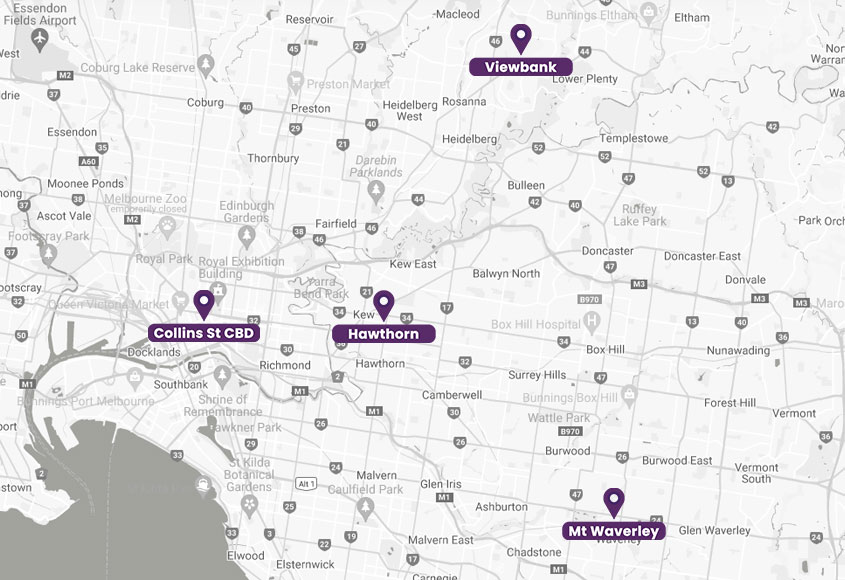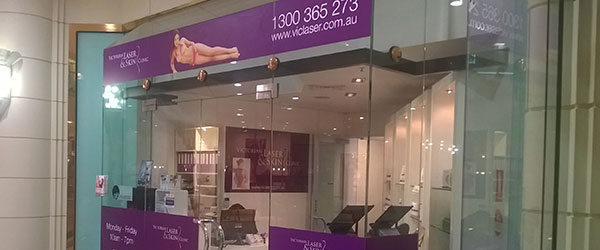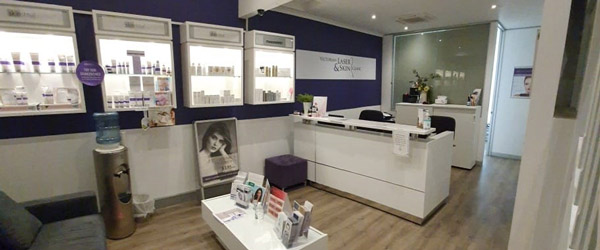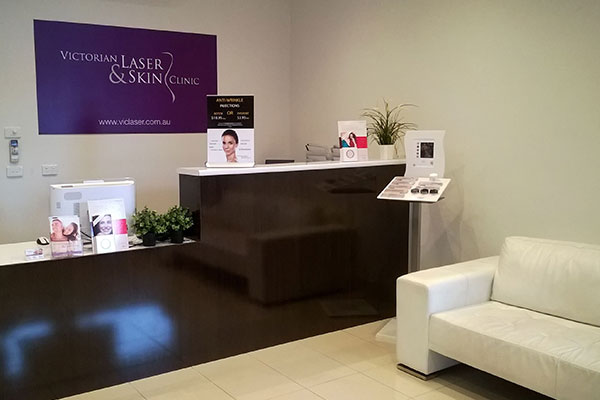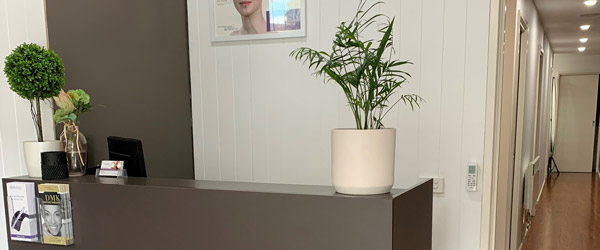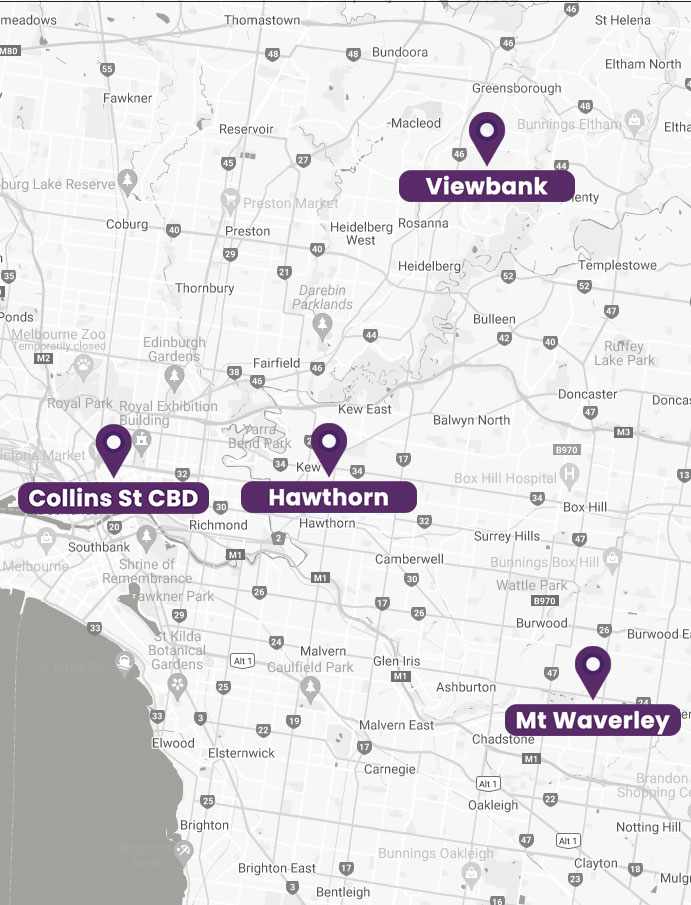There are some beauty treatments that have stood the test of time. From Cleopatra’s milk baths to ancient Indian skin rituals with milk, lemons and Indian gooseberries,
Chemical peels have been around for a long time now, and are gaining in popularity these days. This shouldn’t be surprising, as these are very effective in treating a wide variety of skin conditions, from ageing to pigmentation, uneven skin tone, scars and even acne. Also known as cosmetic peels or face peels, chemical peel treatments are useful to improve the appearance of our skin, especially on the face, neck and hand areas. They work by using a topically applied chemical solution on the skin, which causes the old, damaged skin to exfoliate and peel off, and help regenerate newer, smoother skin. What makes these even more popular is their affordability and ease, these are a non-surgical alternative to rejuvenated skin.
There are many different types of chemical peel treatments – light, medium and deep. Light peels work on the top layer of the skin to offer an instant glow, whereas medium and deep peels penetrate into the deeper layers of the skin to treat different conditions. Each of these peels has a combination of different ingredients in precise proportions, each of which will have a different effect on our skin. This is why it takes experienced skin care experts like the ones at Victorian Laser & Skin Clinic to pick the one that’s best for you. Let us take a closer look at the three broad types of peels:
- Light Peels
These are mild peels, mostly containing alpha hydroxyl acids or AHAs like lactic acid, glycolic acid and citric acid and beta hydroxyl acids (BHAs) like salicylic acid. These work on the superficial layer of the skin and cause it to exfoliate gently. Light peels are recommended for fine lines and wrinkles, as well as to improve acne scars and skin tone. Because they are very mild, these don’t require any downtime. And this is the reason why some also refer to these as lunchtime peels.
- Medium Peels
Medium peels often have the same basic ingredients as light peels, but they have a higher percentage of active ingredients. Trichloroacetic Acid Peels are the most commonly used medium peels, and are an ideal choice for moderate pigmentation, deep wrinkles, acne scars and sun damaged skin. These peels will work on the superficial as well as deeper layers of the skin to remove damaged skin cells, and as a result, you might experience slight redness and downtime post application. And if you happen to be taking this chemical peel treatment, then there will be some post-treatment care that will be required.
- Deep Peels
Like the name suggests, these peels penetrate into the deeper layers of the skin, to treat severe cases of sun damage, deep wrinkles like smokers’ lines, freckles and scars. These chemical peels are only used for the facial area, as the skin on the neck and hands is comparatively thinner. Phenols are the most common ingredient used in deep peels, and result in a dramatic improvement in skin appearance, with long lasting results. These can only be administered by a certified physician, and some of these can only be performed once. Given that these peels can be really strong, there will be a certain level of downtime required.
Will you make a good candidate for chemical peels treatment?
Usually, chemical peels are more suitable for people with light coloured skin and hair. But that doesn’t mean that those with darker skin cannot get these treatments. The results completely depend upon the condition being treated.
At the Victorian Laser & Skin Clinic, we offer a free consultation to help you determine the best chemical peels treatments for you. Feel free to call us on to book your free consultation at any of our four locations at Melbourne CBD, Hawthorn, Mt Waverly or Viewbank.



